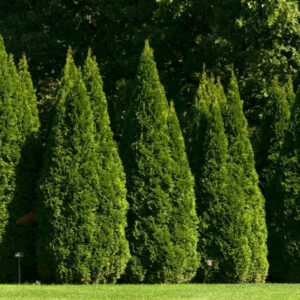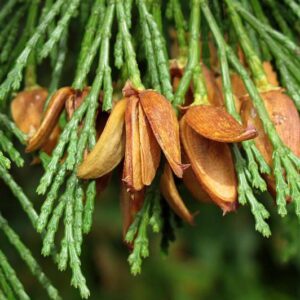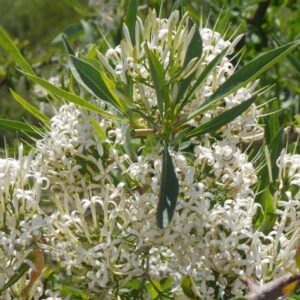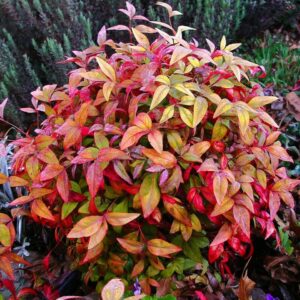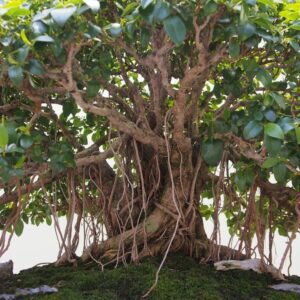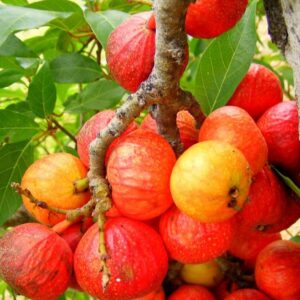$4.66
/ per pack
Choose seeds per pack:
Botanical nomenclature: Pinus nigra subsp. laricio
Common Name: Pinheiro-larício, Austrian Pine, Black Pine, Corsica, Corsican Pine, Corsican Larch Pine, Corsican Black Pine
Family: Pinaceae
Origin: france (corsica) and italy (italy (continent), sicilia)
Height: 40 – 50 meters
Brightness: Full Sun, Partial Shading
Weather: see description
Pinus nigra ssp laricio of corsica has a limited distribution in the mediterranean: france (corsica) and italy (apennines, sicilia).
The global population of this subspecies is naturally divided into disjoint subpopulations, of which Corsica is the best known and most extensive, forming archipelagos in much of the central mountains of the island. Other large stands are in Calabria in southern Italy. Smaller subpopulations are in eastern Sicily (Mount etna) and scattered throughout the southern half of the Apennine Mountains.
The Corsican pine is an important tree of wood (exceptional quality), more today in forest plantations than in its natural extension. It is the subspecies of pinus nigra that has been most frequently introduced in European countries (especially the United Kingdom) and other continents, especially in the southern hemisphere. It is also widely planted as an ornamental tree in parks and farms.
Currently several locations of this pine tree are situated within protected areas.
A species notable for its graceful symmetry, more open and less dense branches, and leaves like longer, evergreen green (8 – 15 cm) flexible needles.
The tree is pyramidal when young, although it has a wider, rounder crown, almost shaped like an umbrella when mature. The bark is light to medium gray, and the bark plates are larger when compared to pinus nigra ssp nigra. It is deeply striated and very decorative, especially on older trees. The branches are brownish orange. The needle leaves are lighter and distinctly less rigid than in p.nigra ssp nigra. Yellow and fragrant flowers. The light brown pendant cones are hung in pairs or alone (5 – 10 cm).
A species that resists temperature changes very well. It is found from 600 meters to 2,000 meters in altitude, and regularly undergoes considerable thermal changes that can range from (30 º c) or more in summer to (-15 º c) or less in winter. Suitable for various soil types and also grows in limestone soil. Tolerant to salinity and sea winds and not sensitive to air pollution.
The large amount of resin produced from the trunk and the robustness of the trunk itself has meant that in recent centuries its wood has been widely used in shipbuilding and its resin as an insulator and as a fuel.
Majestic example, a beautiful tree.
| Weight | N/A |
|---|
